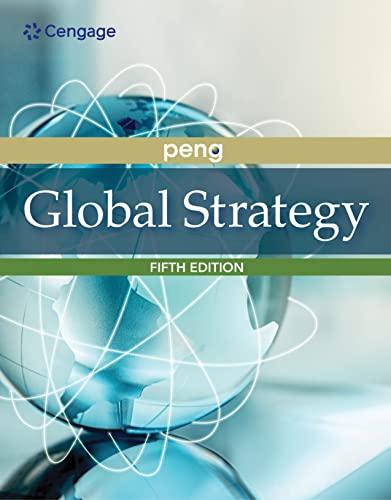Question
1) We sell ice cream at a retail store, which we operate 50 weeks per year. Whenever we order from our supplier we incur a
1) We sell ice cream at a retail store, which we operate 50 weeks per year. Whenever we order from our supplier we incur a $300 ordering charge. Customer demand is 240 pounds per week and it costs us $40 per pound per year to hold the ice cream in proper storage.
a) What order size is optimal (i.e. what order size will minimize inventory system costs)?
b) Now we decide to make the ice cream instead of buying it. We can make 1100 pounds per week and every time we setup the ice cream making equipment it costs us $250. Other information is the same as above. What is the optimal production run amount?
c) In terms of relevant inventory system costs, is it more or less expensive to produce the ice cream (instead of buying it from a supplier)? What is the difference in the yearly total relevant cost?
2) A distributor sells cases of beer. The demand is 35 cases per day. When placing an order with their supplier, it takes 3 days for the order to arrive. Assume the distributor uses an (s,Q) system to manage the inventory of cases.
a) What reorder point should the distributor use?
b) Now assume the demand rate is normally distributed with a mean of 35 cases per day and a standard deviation of 8 cases. If the distributor desires a 99% service level, what should their reorder point be?
Step by Step Solution
There are 3 Steps involved in it
Step: 1
1a To find the optimal order size we need to minimize the total relevant inventory costs The relevant costs are Ordering costs 50 weeksyear 300order order size Holding costs order size2 40pound 20 ord...
Get Instant Access to Expert-Tailored Solutions
See step-by-step solutions with expert insights and AI powered tools for academic success
Step: 2

Step: 3

Ace Your Homework with AI
Get the answers you need in no time with our AI-driven, step-by-step assistance
Get Started


